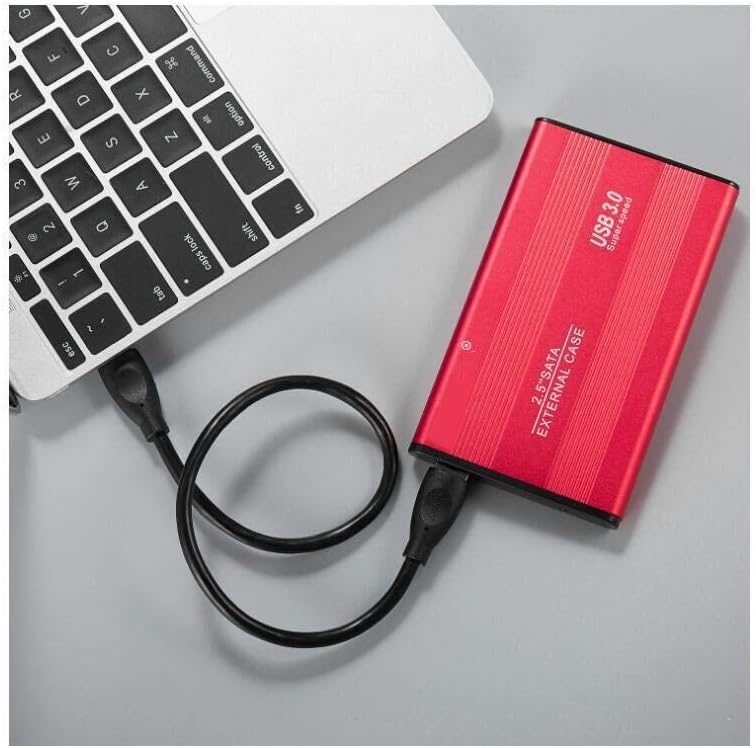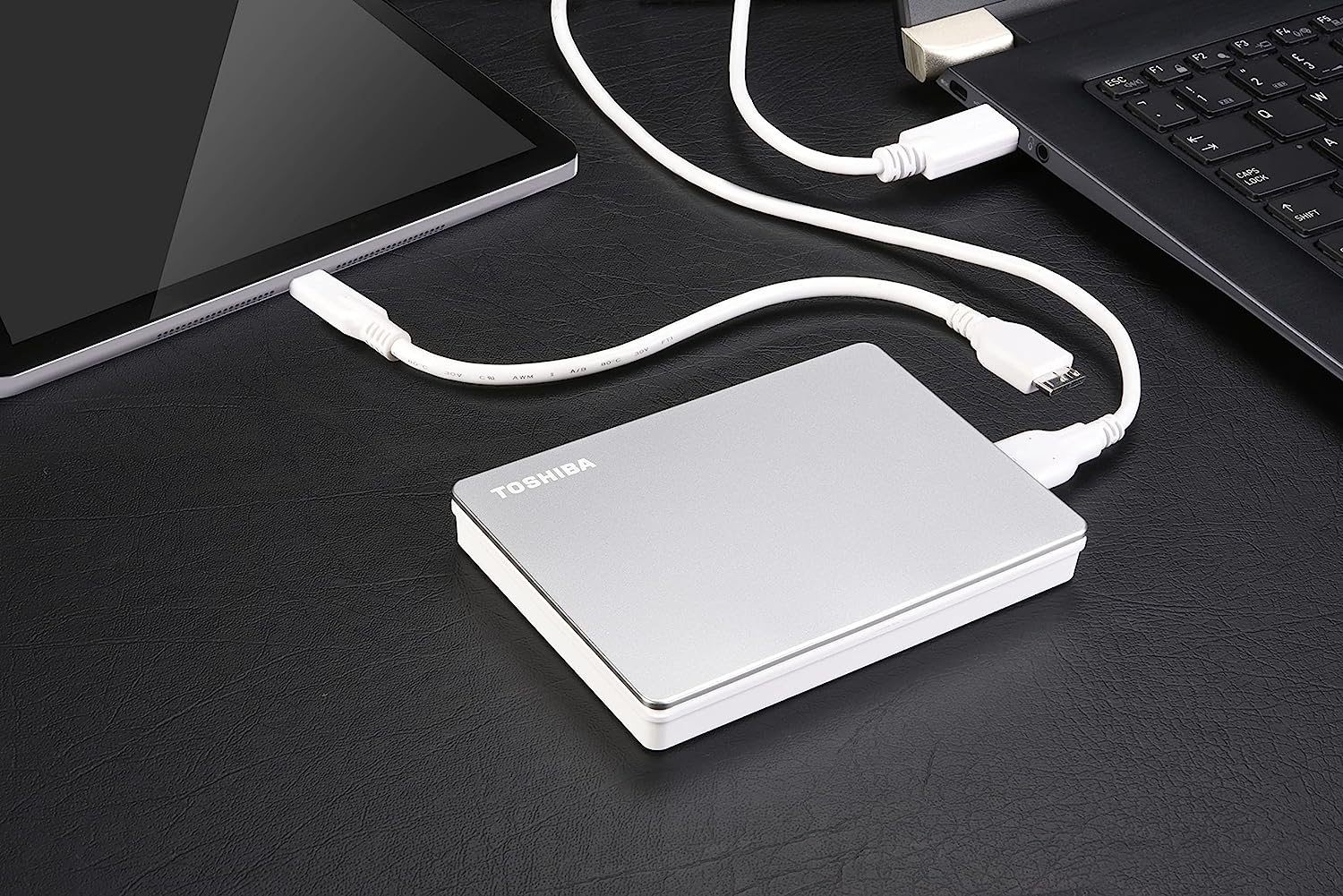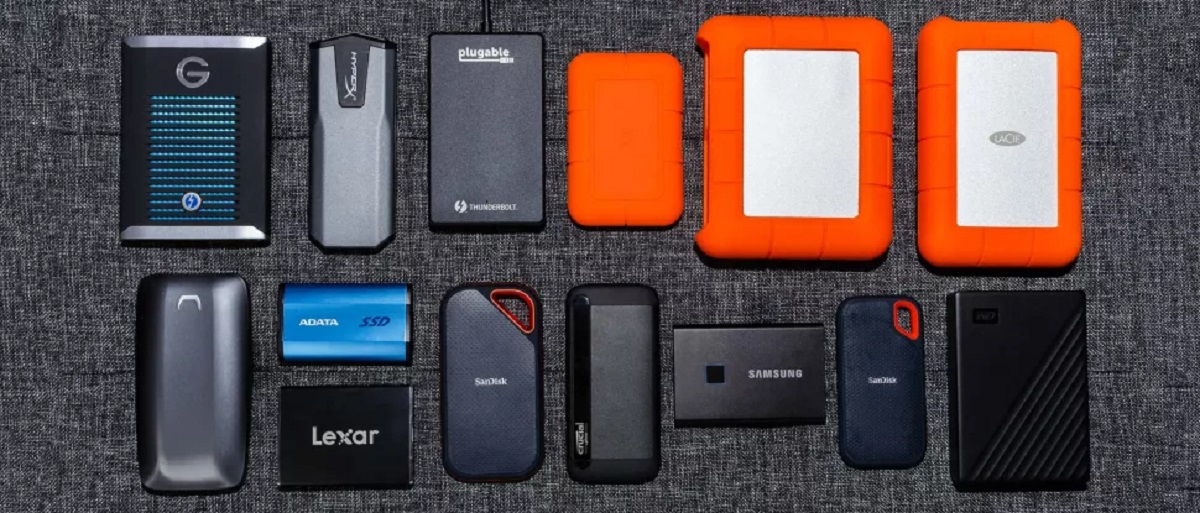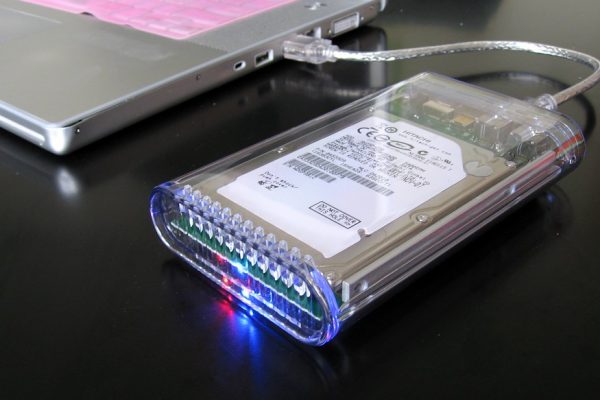Home> Digital Storage
Digital Storage: Ultimate Guide to Optimizing Your Data
Discover how digital storage can revolutionize data management. Learn about best practices, latest trends & effective strategies with our detailed guide.
By: Benjamin Parker • Data Storage 101: Everything You Need To Know
10 Best Amazon Photos – Cloud Drive Storage Backup And Photo Sharing For 2024
By: Alexander Johnson • Data Storage 101: Everything You Need To Know
What Is The Most Common Type Of Storage Device For Transferring Files From One Computer To Another
By: Olivia Parker • Articles
Data Storage Device: What To Consider When Buying One?
By: Lily Evans • Data Storage 101: Everything You Need To Know
Computer Data Storage: 100% Effective Tips & Hacks
By: Emily Roberts • Data Storage 101: Everything You Need To Know
Types Of SD Cards You Should Be Aware Of
By: Benjamin Parker • 25 Best SD Cards To Keep Your Memories Safe
10 Cheap SD Cards For Your Smart Phone
By: Henry Campbell • 25 Best SD Cards To Keep Your Memories Safe








